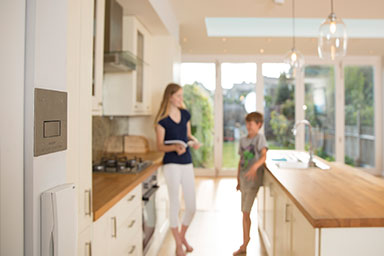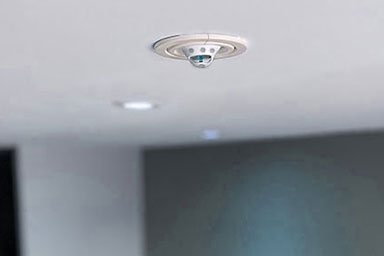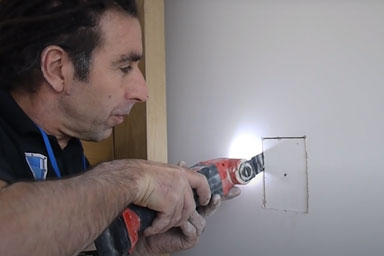
Many of us are familiar with how a traditional fire sprinkler looks and works. Automist offers a unique set of qualities, it is designed to be effective in situations which are challenging for conventional systems.
Swipe the table to scroll >>
FAQs
Frequently Asked Questions (FAQs) including everything from comparing quotes to product approvals
Downloads
Our information packs contain all you need to help you decide whether Automist is suitable for your application
How to buy
Your local Automist installer will be delighted to discuss your project and provide a quote
